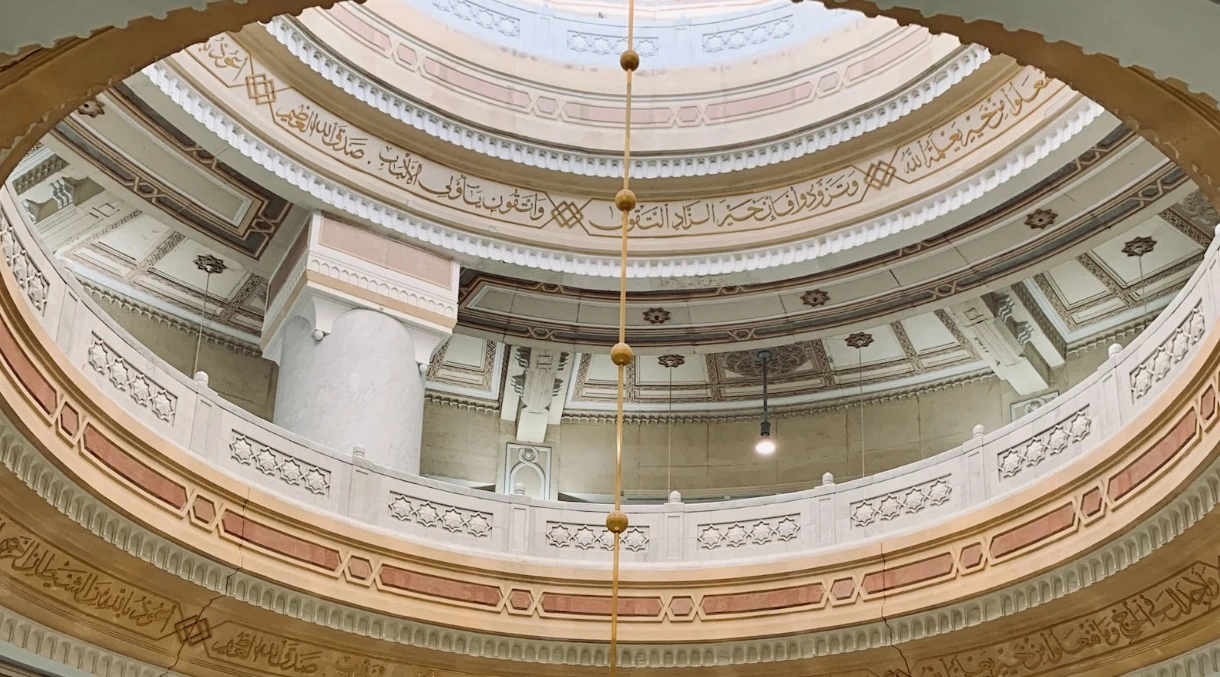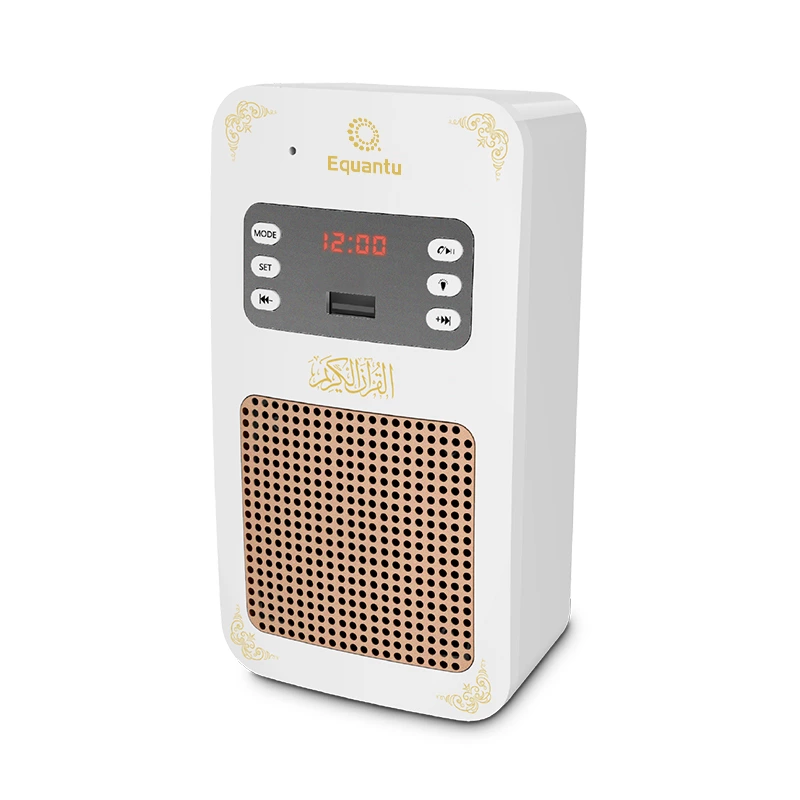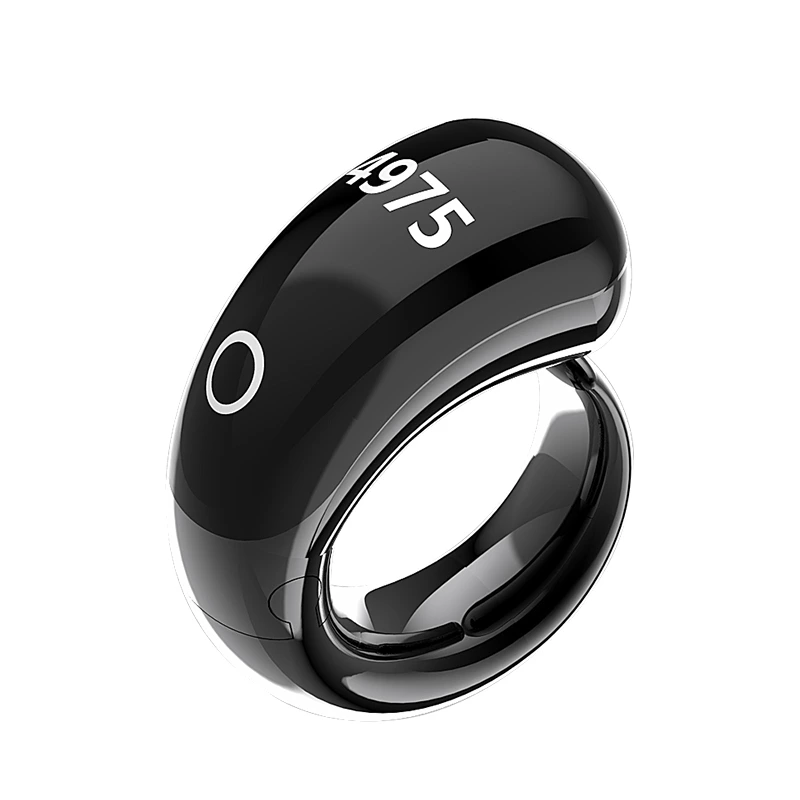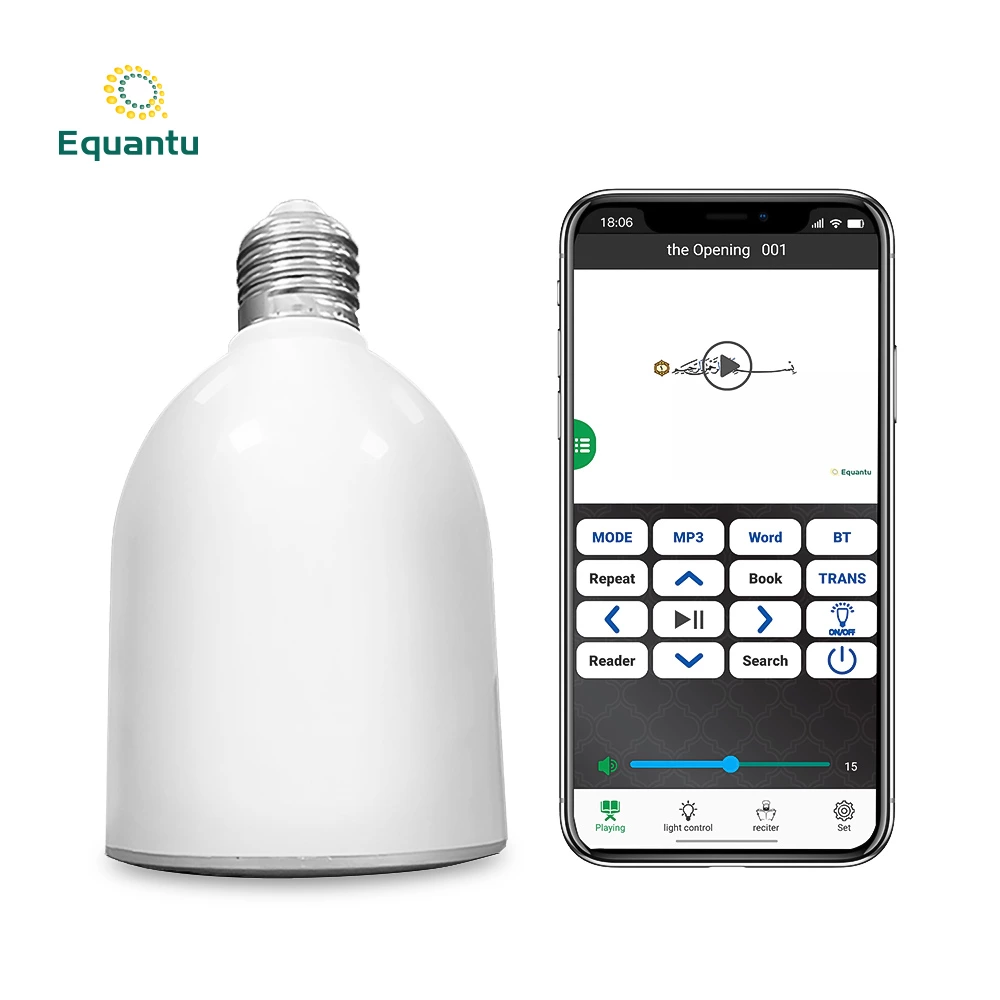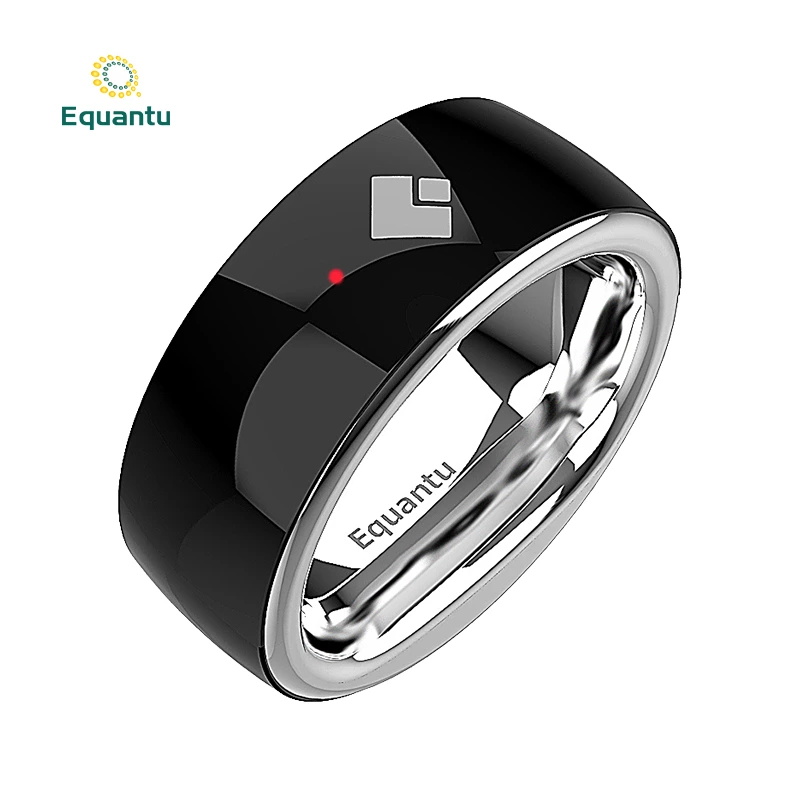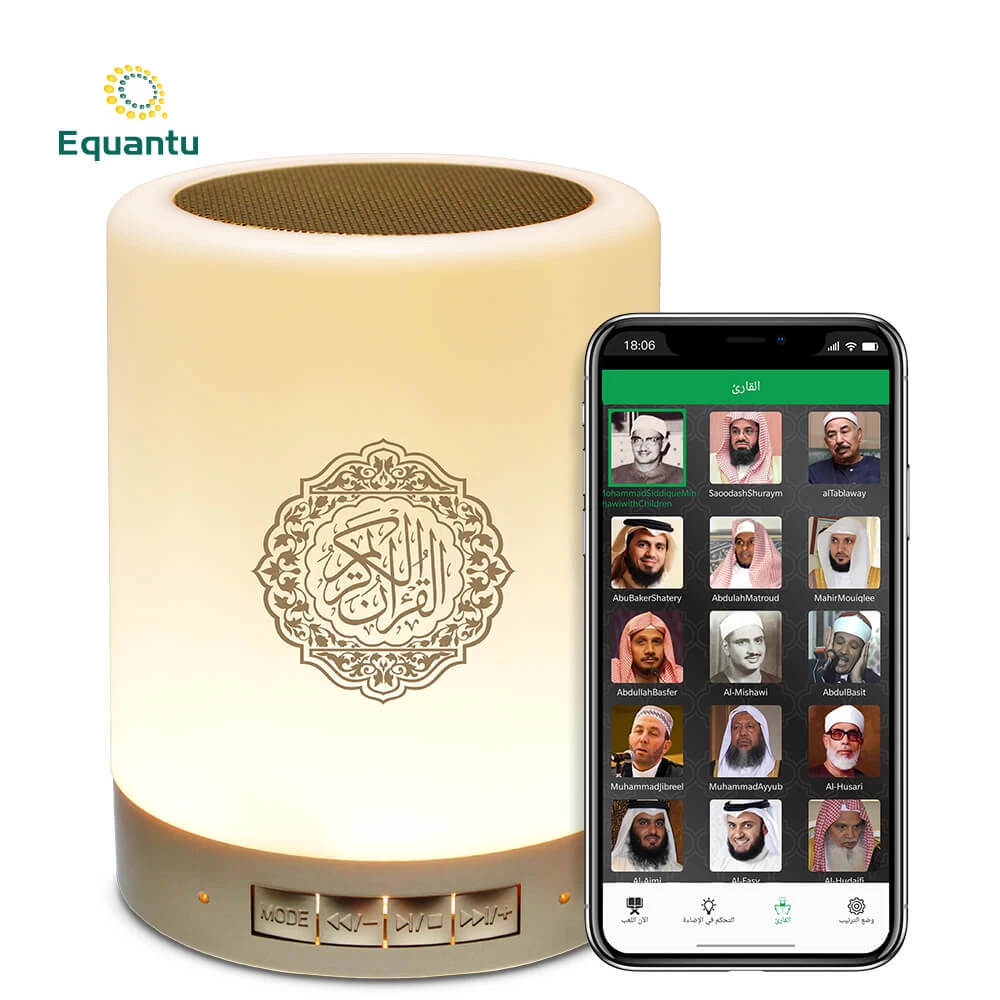Traditional Tools of Islamic Calligraphy
The creation of Islamic calligraphy relies on a set of traditional tools that have been passed down through generations. Each tool plays a crucial role in the execution of precise and aesthetically pleasing script.
Qalam: The Traditional Pen
The Qalam is the quintessential tool of Islamic calligraphy. Traditionally made from the dried and sharpened reed or bamboo, the Qalam allows for the creation of fluid and expressive lines. The flexibility of the Qalam enables calligraphers to vary the thickness of the strokes, adding depth and dynamism to the script.
Ink and Inkstones
High-quality ink is essential for achieving the rich, deep tones characteristic of Islamic calligraphy. Calligraphers often use natural inks made from soot and gum, ensuring a consistent and vibrant flow. The ink is ground on an inkstone, allowing the artist to control the viscosity and smoothness of the ink before applying it to the paper or parchment.
Paper and Parchment
The surface on which calligraphy is performed greatly influences the final result. Traditional calligraphy is often done on parchment or high-quality paper, providing a smooth and durable surface that can withstand repeated applications of ink. The choice of material affects the texture and absorption of the ink, contributing to the overall aesthetic of the piece.
Techniques in Islamic Calligraphy
Mastering Islamic calligraphy requires not only the right tools but also a deep understanding of various techniques. These techniques ensure that each piece is both visually stunning and spiritually meaningful.
Proportions and Composition
A fundamental aspect of Islamic calligraphy is the careful consideration of proportions and composition. Calligraphers meticulously plan the layout, ensuring that the script is balanced and harmonious. The arrangement of letters, words, and lines follows strict geometric principles, creating a sense of order and symmetry.
Stroke Variation
The variation in stroke thickness is a hallmark of Islamic calligraphy, particularly in styles like Thuluth and Naskh. Calligraphers use the pressure applied to the Qalam to create thick and thin lines, adding contrast and visual interest to the script. This technique not only enhances the beauty of the calligraphy but also emphasizes the meaning and importance of the words being written.
Repetition and Rhythm
Islamic calligraphy often incorporates repetition and rhythm, reflecting the meditative and spiritual aspects of Dhikr (remembrance of Allah). The repetitive patterns and flowing lines create a sense of movement and continuity, mirroring the continuous nature of spiritual practice.
Modern Tools and Innovations
While traditional tools remain fundamental to Islamic calligraphy, modern calligraphers have embraced new materials and technologies to expand their creative possibilities.
Digital Calligraphy Tools
Digital tools, such as graphic tablets and specialized software, have revolutionized the way calligraphy is practiced and shared. Digital calligraphy allows for greater experimentation with colors, textures, and forms, enabling artists to create intricate designs that would be difficult to achieve with traditional methods.
Mixed Media and Contemporary Materials
Contemporary calligraphers are increasingly incorporating mixed media and unconventional materials into their work. Combining traditional ink with acrylics, watercolors, or even metallic elements, artists create unique pieces that blend the old with the new. These innovations bring a fresh perspective to Islamic calligraphy, making it accessible to a wider audience.
Islamic Calligraphy in Modern Worship Tools
Modern Islamic worship tools, such as Quran speakers and Zikr rings, often feature elegant calligraphic designs that reflect the artistry of Islamic calligraphy. These products not only serve their practical functions but also incorporate the artistic heritage of Islamic calligraphy, enhancing their aesthetic appeal. By integrating traditional calligraphy techniques into modern designs, these tools honor the rich heritage of Islamic art while catering to contemporary needs.
Conclusion
The tools and techniques used in Islamic calligraphy are integral to the creation of its timeless beauty and spiritual depth. From the traditional Qalam and inkstones to modern digital tools, each element plays a vital role in the art form's evolution. Understanding these tools and techniques allows for a deeper appreciation of Islamic calligraphy and its enduring significance. Integrating these elements into modern worship tools like Quran speakers and Zikr rings ensures that the legacy of Islamic calligraphy continues to inspire and enhance the spiritual practices of Muslims today.
